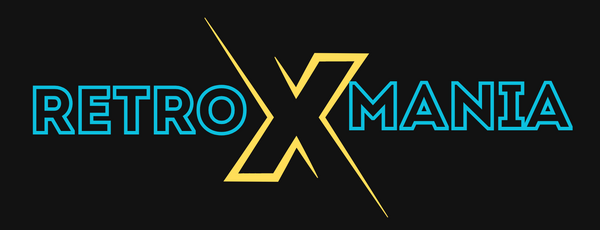Retro console emulation is an ideal solution for reliving the games of our childhood without having to own the original hardware. However, to ensure a faithful experience, many emulators require BIOS files specific to the consoles they emulate. But what is a BIOS? Why is it crucial in emulation? And how can you install it legally while complying with current legislation? This guide will answer all these questions.
What is a BIOS?
BIOS (Basic Input/Output System) is a firmware built into gaming consoles that initializes the hardware and serves as an interface between physical components and software. It is responsible for various essential functions, including:
- Hardware verification and initialization at startup.
- Managing game playback.
- Authentication of original cartridges or discs.
In emulation, an original BIOS is often required to faithfully reproduce these features.
Why is BIOS important in emulation?
BIOSes are crucial in emulation for several reasons:
- Emulation Fidelity : Using the official BIOS ensures behavior faithful to the original consoles, particularly in terms of sound, intro animations and save management.
- Compatibility : Some games require specific BIOSes to run properly on emulators.
- Authenticity : The user experience is closer to that of an original console thanks to official BIOSes.
Legality and precautions to take
Downloading BIOS files from unofficial sources may be illegal in many countries. Here are some tips for staying legal:
- Dumping your own BIOS : If you own the original console, you can legally extract the BIOS using specialized tools.
- Check local law : Some jurisdictions allow the use of BIOSes under certain conditions (for example, if you own the original).
- Use open-source alternatives : Some emulators provide legally reconstructed BIOSes, although they may not perform as well as the official versions.
How to install a BIOS in an emulator?
Installing a BIOS in an emulator depends on the platform you are using. Here are the general steps:
- Legally Recover the BIOS File : Either by extracting the BIOS from your own console, or by checking if your emulator offers alternatives.
- Place the file in the correct folder : Emulators usually require BIOS files to be placed in a specific directory. Consult the emulator's documentation for the exact location.
- Configure the emulator : Some emulators require you to manually specify the BIOS location in their settings.
- Check for proper operation : Launch a game to see if the BIOS is detected correctly.
Conclusion
The use of BIOSes in emulation is both a technical and legal issue. While their presence is essential to ensure accurate and efficient emulation, it's important to comply with current legislation by obtaining them legally. By following best practices, you can enjoy an optimal gaming experience while avoiding the risks associated with illegal downloads.



